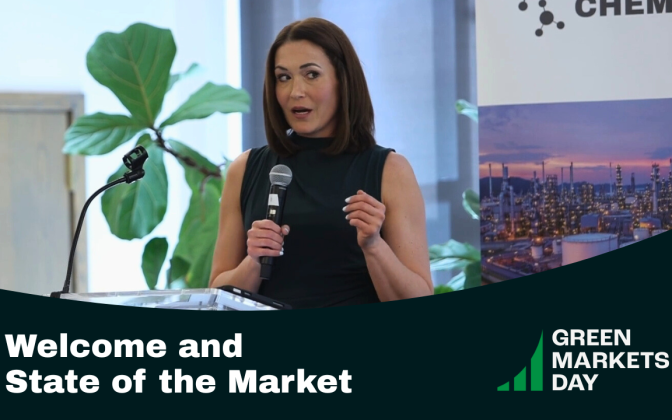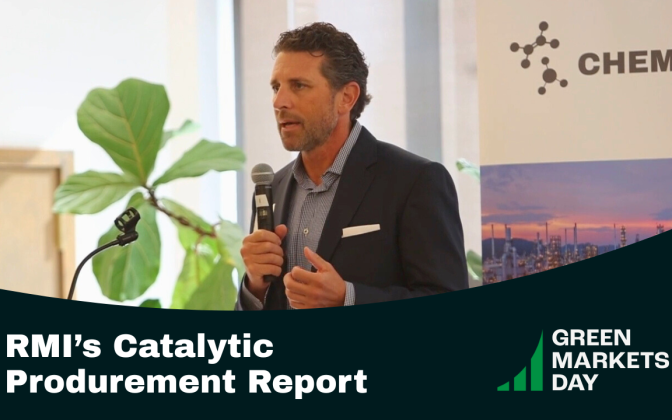11.13.25
Perspectives on SBTi’s Second Draft Corporate Net Zero Standard V2 from GMA CEO Kim Carnahan
Following the release of the second draft of the corporate net-zero standard V2 from SBTi on November 6th, 2025, GMA CEO Kim Carnahan shared her insights on what this update means for sector-level decarbonization efforts and programs that utilize book and claim, and where opportunities remain to refine the final draft to make it most useful and effective. GMA encourages stakeholders to engage with the public consultation period that ends December 8, 2025.
Kim’s original LinkedIn post is copied here, below.
“ICYMI: the next version of the DRAFT V2 Science Based Targets initiative Corporate Net Zero Standard is out.
It’s clearer, (somewhat) simpler, and takes many steps in the right direction.
It includes even more clarity (compared to the last draft) that indirect mitigation will count towards climate targets.
The First Public Consultation Feedback Report, also released today, shows why: ~80% of respondents supported counting indirect mitigation toward target achievement. Mandate sent.
I specifically like several adjustments they made to the indirect mitigation concept – now called “sector level actions.” The Advanced and Indirect Mitigation (AIM) Platform (www.aimplatform.org) supports this theory of change: even if a company lacks traceability or direct access to solutions, they still need to work to decarbonize the sectors that form the building blocks of their business.
Unfortunately, a few BIG holes remain in this otherwise gold star product.
Hole #1
– The draft appears to say that indirect mitigation can count towards some but not all scope 3 target types. I am perplexed as to why the clear mandate received would apply to some but not all target types.
– I get the current situation is complex with the overlapping GHG Protocol revision process. But one thing is not complex: Companies need the strongest and loudest signal possible to invest in critical decarb technologies now – and it is SBTi’s job to give that signal.
– GHG Protocol is policy agnostic and can provide the tools to meet any target. In fact, it has already convened a technical working group (I’m a proud member) to develop them.
Hole #2
Where is project-based accounting for indirect mitigation? I’m a huge proponent of product based, attributionally accounted EACs but some (very important) work requires project-based accounting. There needs to be a clear place for it in target achievement, or it simply won’t get done.
Hole #3
What about companies who already have V1 targets? I realize this standard will apply to future targets but we need a cover page (or similar) that clearly states that indirect mitigation will count, in all the same ways, to V1 targets.
And finally, with the overall complexity of the target setting approach outlined in this draft: I understand what SBTi is trying to engineer with this approach. I’m worried that logic will not equal effectiveness in this case, however. Companies need to be able to communicate these targets, clearly and succinctly – internally and externally. SBTi and all of us who support them will be more successful if companies can distill all the targets and sub-targets into the language we speak now – emission reductions.
All in all, huge progress. I very much believe we will get there in the final draft.”










